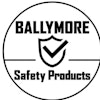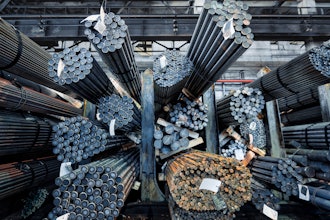
We at Indian River Consulting Group has seen plenty of internal challenges — including poor HR integration practices and a stubborn insistence on standardized processes — derail acquisitions over the past 30 years. While these can make or break the value you derive from acquiring a company, buyers should also take care to consider the external factors that can rob shareholder value from otherwise profitable M&A transactions:
1. Your target company’s supplier contracts. Many suppliers to distributors have agreements that allow them to terminate the relationship if the ownership changes. Some even have a permanent lien on the distributor’s inventory that may have been documented back in the 1980s that can destroy the acquirer’s ability to access debt. It’s easy to see how either of these scenarios — which have nothing to do with the buyer’s company or integration plan — could set a buyer up for failure.
2. The entry of nontraditional competitors into the vertical. Some markets are changing very rapidly with nontraditional competitors. United Stationers (now Essendant) and Staples destroyed the office-product wholesaler vertical; Amazon Business is taking aim at facility supplies and other industrial products. Most of the existing industry incumbents typically stay in and ride it down, often unaware of the new threats until it is too late. Buyers who understand these forces can take them into account as they identify target companies and appropriate multiples.
3. Your transaction’s place in the distribution vertical’s consolidation cycle. Failing to consider where you are in the M&A cycle can result in paying an inappropriate multiple for the business you’re buying. Consolidation cycles take years, and there are typically two rounds, with the initial consolidators acquiring each other in the second. Industry disruptions can greatly compress these cycles. For example, a recession or another surprise acquisition may mean a deal never gets above water. Getting this wrong can cost as much as overpaying by two multiples. The best way to avoid this mistake is to study the history of past transactions going back multiple years and pay attention to the external forces operating on the vertical.
Two of the factors outlined above are driven by variation among verticals. There is so much variation within distribution that the smartest thing an acquirer new to a vertical can do is involve an industry insider as part of the due-diligence team. There are many one-man band consulting firms in each vertical where the principal was a long-tenured senior executive who knew everyone. They will often not be polished or capable of generating a report or readout acceptable to a PE firm, but they are cheap insurance.
 Mike Marks, Co-founder of Indian River Consulting Group
Mike Marks, Co-founder of Indian River Consulting GroupMany distribution verticals are already seeing consolidation; those that haven’t are ripe for it. Attend our October Distribution M&A Executive Workshop to understand and avoid the many factors — both external and internal — that can derail M&A transactions.
Mike Marks is managing director of Indian River Consulting Group and specializes in helping distributors and manufacturers accurately diagnose problems and identify risk-bound alternatives so they can take their next steps confidently. Call IRCG at 321-956-8617 or visit ircg.com.























